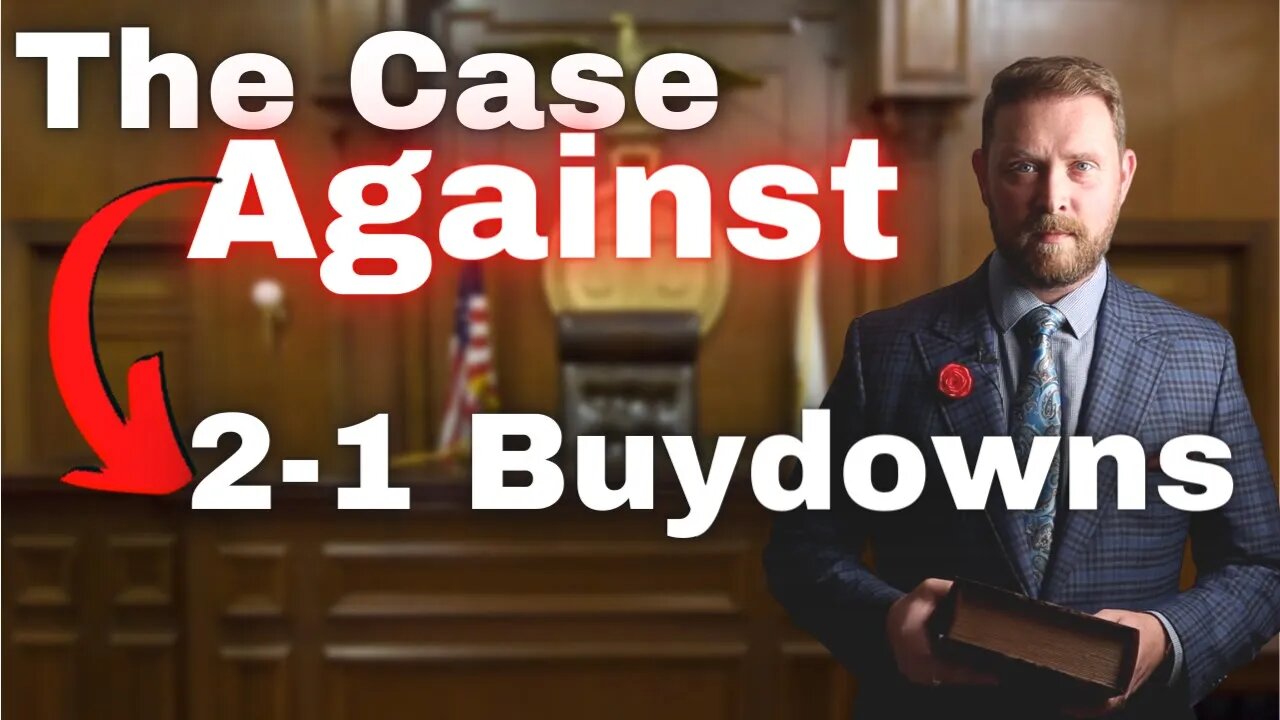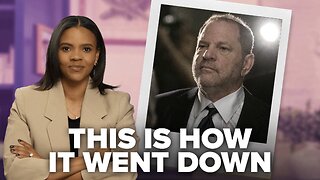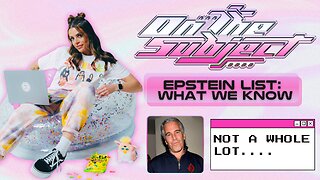Premium Only Content

2-1 Buydowns - Lower Rate Mortgage or Costly Gimmick?
Are 2-1 buydowns a good way to lower your mortgage rate or a costly gimmick? In this video, we'll explore the pros and cons of 2-1 buydowns and help you decide if a 2-1 buydown is right for you.
In a rising mortgage rate environment, my industry has been scrambling to offer consumers alternatives to help increase consumer demand. The 2-1 Buydown is one very popular option, but in this video, I discuss whether this represents a true cost savings for consumers OR if it is an expensive, overcomplicated gimmick.
Mark Anderson, NMLS# 374393. Vice President, Home Loan Advisor at First Bank, NMLS# 551928. www.first.bank - Member FDIC, Equal Housing Lender
Call or Text me ANYTIME 24/7 @ 314-599-0511 for help with your mortgage.
Apply Online: https://www.first.bank/About/Locations/Mark-Anderson
This video is offered as a service and the information presented will be of a general nature. The views expressed in this video do not necessarily reflect the opinions of First Bank. First Bank does not provide any warranties whatsoever with respect to any materials or information provided in this video.
00:00 Introduction
01:00 Illustrating How a 2-1 Buydown Works
04:30 Why a 2-1 Buydown is a Bad Deal for Consumers
05:09 Alternative To a 2-1 Buydown
06:52 Some Exceptions Apply
07:07 Conclusion
THE BENEFIT OF A 2-1 BUYDOWN
A 2-1 Buydown mortgage gives you a rate that is 2% below the actual note rate for the first year. In year 2, the rate comes up to just 1% below the note rate. From year 3 through the remainder of the loan repayment, your rate adjusts to reflect the actual note rate. During these first 2 years, you will have a significantly lower monthly payment. Sounds good, right?
THE COST OF A 2-1 BUYDOWN
Banks are not known for giving their money away for free, so to achieve the lower rate for the first 2 years of your loan, you will have to pay a lump sum to the bank up front. This lump sum represents the interest payments you won't be making monthly during the first 2 years. The way this most commonly works in practice involves negotiating the seller to provide a concession to cover the up front cost.
WHY DOES A 2-1 BUYDOWN NOT MAKE SENSE?
By negotiating a seller concession, proponents of this program talk about this as if you aren't ultimately on the hook for the cost. But, anytime the seller agrees to cover your costs, you are paying more for the property than you would otherwise overall. When I ran the math involved in the scenario illustrated in this video, I calculated that the monthly cost savings over 24 months are LESS than the up front cost of the buydown. If you are going to negotiate a seller concession, it would be better and simpler to just take the money and apply it against your other closing costs. You get the full benefit of the concession and you get it right away, rather than dragging it out in chunks over 2 years.
-
 33:56
33:56
The Why Files
9 days agoLegend of the 13 Crystal Skulls | From Mars to the Maya
57.9K38 -
 2:56:14
2:56:14
TimcastIRL
7 hours agoEPSTEIN Files DROP, FBI GOES ROGUE, AG Says They COVERED UP Epstein Case w/Amber Duke | Timcast IRL
176K98 -
 1:39:23
1:39:23
Kim Iversen
8 hours ago"Canada's Trump" Is Trudeau’s Worst Nightmare: Is Maxime Bernier the Future of Canada?
69.6K73 -
 DVR
DVR
Bannons War Room
10 days agoWarRoom Live
2.66M446 -
 16:06
16:06
The Rubin Report
14 hours agoProof the Islamist Threat in England Can No Longer Be Ignored | Winston Marshall
85.7K82 -
 2:07:07
2:07:07
Robert Gouveia
11 hours agoFBI Files Coverup! Bondi FURIOUS; SCOTUS Stops Judge; Special Counsel; FBI Does
110K85 -
 56:15
56:15
Candace Show Podcast
11 hours agoBREAKING: My FIRST Prison Phone Call With Harvey Weinstein | Candace Ep 153
168K112 -
 1:56:39
1:56:39
Flyover Conservatives
10 hours agoROBIN D. BULLOCK | Prophetic Warning: 2030 Is Up for Grabs – If We Don’t Act Now, Disaster Awaits! | FOC SHOW
57.9K12 -
 2:13:11
2:13:11
megimu32
8 hours agoON THE SUBJECT: The Epstein List & Disney Channel Original Movies Nostalgia!!
44.6K6 -
 9:06
9:06
Colion Noir
17 hours agoKid With Gun Shoots & Kills 2 Armed Robbers During Home Invasion
56.9K13